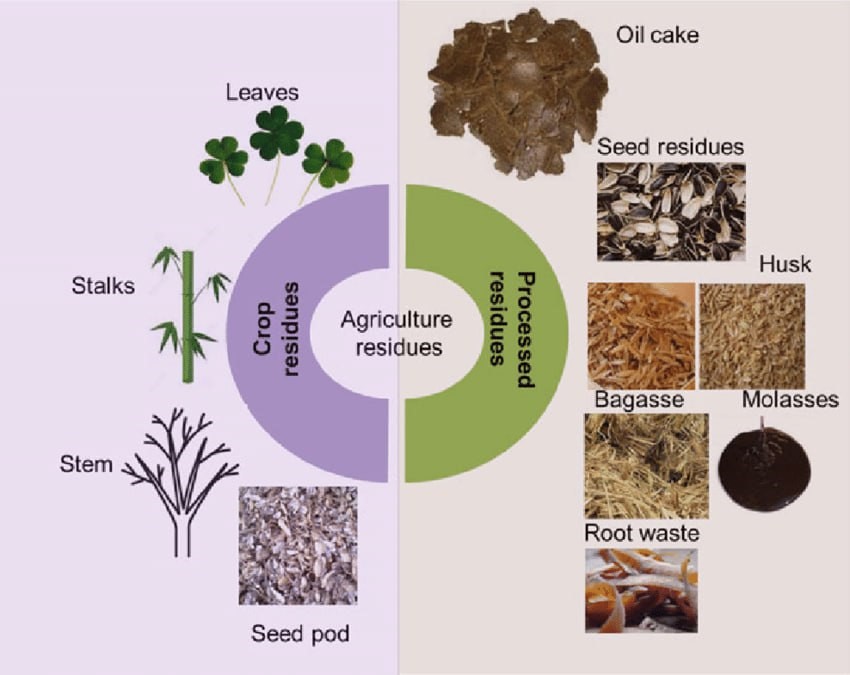Mains: GS III – Environment pollution and degradation
Recently, India is looking up to address the challenges of increased burning of agricultural residues through Brown revolution 2.0

|
Brown Revolution |
|
Every tonne of paddy straw burned is estimated to release 3 kilograms of particulate matter, 60 kilograms of carbon monoxide, and 1,460 kilograms of carbon dioxide, along with less yet significant quantities of ash and sulphur dioxide.
ICAR, or the Indian Council of Agricultural Research, is the apex body for coordinating, guiding, and managing research and education in agriculture across the country.
NAAS, or the National Academy of Agricultural Sciences, is a learned society focused on advancing scientific knowledge and innovation in agriculture and related fields
|
Brown Revolution 2.0 – Following the Amul Model |
|